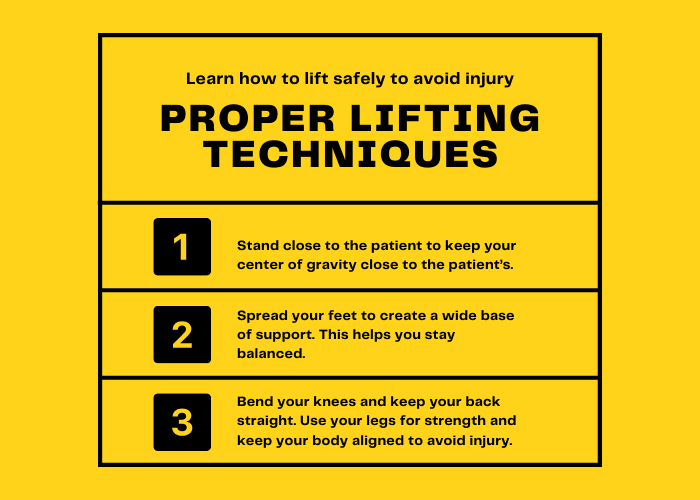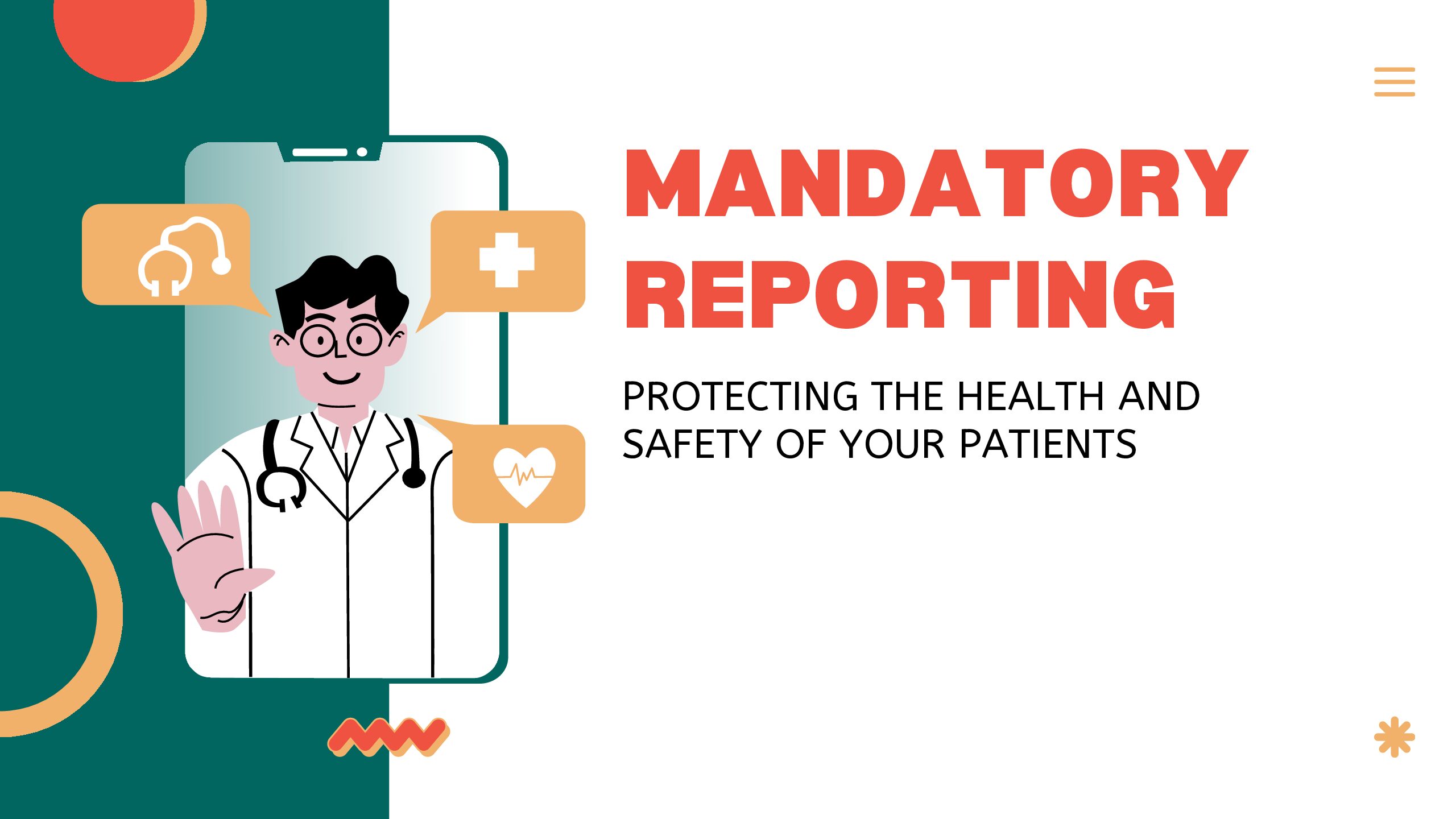Body mechanics means using your body the right way to do tasks safely and without getting hurt. When you take care of patients, it’s important to use good body mechanics to protect yourself from injuries. Let’s start by learning some key ideas that help you understand body mechanics better.
Key Concepts of Body Mechanics
- Center of Gravity
- Your center of gravity is the point in your body where your weight is balanced. For most people, this is around the belly area. Keeping your center of gravity low, like when you bend your knees, helps you stay balanced and makes it easier to lift or move things safely.
- Alignment
- Alignment means keeping your body parts in the right position. This means standing up straight, with your head, shoulders, and hips in a line. Good alignment keeps your spine straight and reduces stress on your muscles and joints.
- Base of Support
- Your base of support is the area under your feet that helps you stay balanced. When you stand with your feet apart, you have a wider base of support, which helps you stay steady, especially when lifting or moving a patient.
- Balance
- Balance is the ability to keep your body steady and not fall over. By keeping your center of gravity over your base of support, you can stay balanced. This is important when lifting or helping a patient move, so you don’t lose your balance and fall.
- Leverage
- Leverage is using your body to help lift or move something heavy. For example, when you bend your knees and lift with your legs, you’re using leverage to make the task easier. This helps protect your back from getting hurt.
Basic Rules of Body Mechanics
- Lift with Your Legs, Not Your Back
- When you lift something heavy, bend your knees and keep your back straight. Use your strong leg muscles to lift, not your back.
- Keep Objects Close to Your Body
- When you carry something, hold it close to your body. This helps keep your center of gravity low and makes it easier to stay balanced.
- Don’t Twist Your Body
- If you need to turn, move your feet instead of twisting your back or waist. Twisting can cause injuries, especially to your spine.
- Use Both Hands
- Always use both hands to lift or carry something. This helps you keep your balance and avoids putting too much strain on one side of your body.
- Push, Don’t Pull
- If you need to move something heavy, it’s safer to push it instead of pulling. Pushing uses your body weight and keeps your center of gravity over your base of support.
- Maintain a Good Posture
- Stand up straight with your shoulders back. Good posture keeps your spine in the right alignment and reduces stress on your body.
- Get Help if Needed
- If something is too heavy or awkward to move by yourself, ask for help. It’s better to be safe and avoid injury.
How to Use Proper Body Mechanics When Helping Patients
- Position Yourself Close to the Patient
- Stand close to the patient when helping them move. This gives you better control and makes the task easier by keeping your center of gravity closer to the patient’s.
- Spread Your Feet
- When lifting something heavy, spread your feet apart to create a wide base of support. This helps you stay balanced and steady while lifting.
- Bend Your Knees When Lifting a Patient
- When lifting or turning a patient, always bend your knees and keep your back straight. Use your legs for strength, and keep your body aligned to avoid injury.
- Don’t Twist Your Body
- If you need to turn while lifting a patient, move your feet instead of twisting your back or waist. Twisting can cause injuries, especially to your spine.
- Use Transfer Devices When Available
- If there’s a transfer belt, slide board, or lift device, use it to help move the patient. These tools help you use leverage and maintain good body mechanics.
- Communicate with the Patient
- Let the patient know what you’re going to do before you start. This helps them prepare and makes the move smoother, keeping both of you safe.
- Move Slowly and Carefully
- Take your time when lifting or moving a patient. Slow, controlled movements keep you balanced and prevent injuries.
Why Practicing Good Body Mechanics is Important
- Long-Term Health: Protecting your body now helps you stay healthy and pain-free for years to come.
- Job Performance: Using good body mechanics helps you do your job better and more efficiently.
- Patient Trust: When patients see you moving confidently and safely, they trust you more and feel safer in your care.
Where Can You Find More Information
- Video on safely transferring patients
- Effective communication with patients
- Body mechanics for clinicians





0 Comments